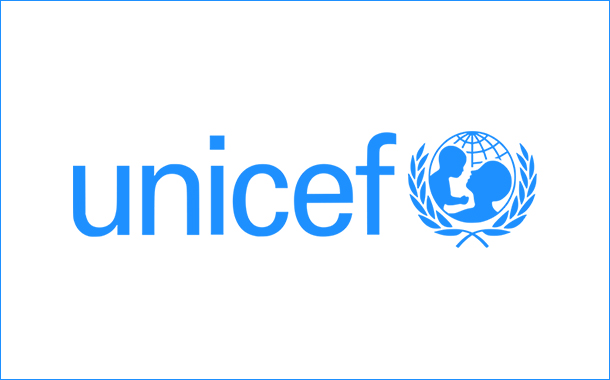New York: UNICEF warned today of the dangers posed by online violence, cyberbullying and digital harassment for the 70.6 per cent of young people aged 15 to 24 years old who are online globally, and called for concerted action to tackle and prevent violence against children and young people online.
The call, made on Safer Internet Day, comes following a recent UNICEF poll of young people, which received more than 1 million responses over five weeks from more than 160 countries, and suggestions from a series of student-led #ENDviolence Youth Talks held around the world. In it, young people provided thoughtful responses about what they and their parents, teachers and policymakers could do to keep them safe — and kindness stood out as one of the most powerful means to prevent bullying and cyberbullying.

“We’ve heard from children and young people from around the globe and what they are saying is clear: The Internet has become a kindness desert,” said UNICEF Executive Director Henrietta Fore. “That’s why this Safer Internet Day, UNICEF is inviting everyone, young and old, to be kind online, and calling for greater action to make the Internet a safer place for everyone.”
The Internet has become a fixture of young people’s lives regardless of income level. According to the International Telecommunications Union (ITU), while 94 per cent of young people aged 15-24 in developed countries are online, more than 65 per cent of young people in developing countries are online. This is well ahead of the pace of Internet usage among the general population. Worldwide, half of the total population, regardless of age, is online.
This online proliferation comes with increased risk. According to data from UNESCO on the prevalence of cyberbullying in high income countries, the proportion of children and adolescents who are affected by cyberbullying ranges from 5 per cent to 21 per cent, with girls appearing to be more likely to experience cyberbullying than boys.
Cyberbullying can cause profound harm as it can quickly reach a wide audience, and can remain accessible online indefinitely, virtually ‘following’ its victims online for life. Bullying and cyberbullying feed into each other, forming a continuum of damaging behaviour. Victims of cyberbullying are more likely to use alcohol and drugs and skip school than other students. They also are more likely to receive poor grades and experience low self-esteem and health problems. In extreme situations, cyberbullying has led to suicide. On Safer Internet Day, UNICEF is reminding everyone that kindness – both online and off – is a responsibility that begins with each of us.
In honor of the 30th anniversary of the adoption of the Convention on the Rights of the Child, UNICEF is also calling for renewed urgency and cooperation to put children’s rights at the forefront of digital efforts. As part of this, UNICEF is implementing programs to leverage the internet’s promise of connectivity and education on behalf of the world’s children. For example, UNICEF’s Internet of Good Things aims to bridge the digital divide and build knowledge in societies by hosting mobile-packaged content designed to make life-saving and life-improving information available for free, even on low-end devices.
“Thirty years after the adoption of the Convention on the Rights of the Child and the creation of the World Wide Web, it is time for governments, families, academia and the private sector to put children and young people at the centre of digital policies,” said Fore. “By protecting them from the worst the Internet has to offer and expanding access to its best, we can each help tip the balance for good.”
Background: Understanding the Internet Access & Use in India
Highest numbers: India, along with China and Brazil, represents one of the three markets with the highest numbers of mobile accounts among young people in the Global South. The number of Internet users in India in December 2017 was about 481 million. 60 per cent of these internet users in India are students and youngsters.
Widespread use of mobile technologies: Use of mobile technologies including new generation devices among communities that may still not have access to electricity or household sanitary latrines is widespread.
Common internet user activities include entertainment, communication, social networking, online transactions and shopping or availing other online services. However, major disparities exist in internet access primarily due to socioeconomic status, geography and gender.[1]
In homes where digital technology is provided by parents or carers, it is more likely that boys are given phones earlier than girls. Girls are given access at an older age than their male peers and the access is more curtailed through sharing of devices. The idea of ICT-related careers is associated more with boys than with girls.[2]
Parents and teachers represent the most immediate sources of support and guidance for adolescents as they go online, but both parents and teachers themselves tend to lack expertise in using digital media and can be judgmental of children’s activities.
Speaking on the occasion of Safe Internet Day, Dr. Yasmin Ali Haq, UNICEF India Representative said, “Digital technologies offer opportunities for empowering and even protecting the young generation. They can play a transformative role especially, for the disadvantaged and the most vulnerable children by being a platform for education, social inclusion and civic participation for every girl and boy.”

















